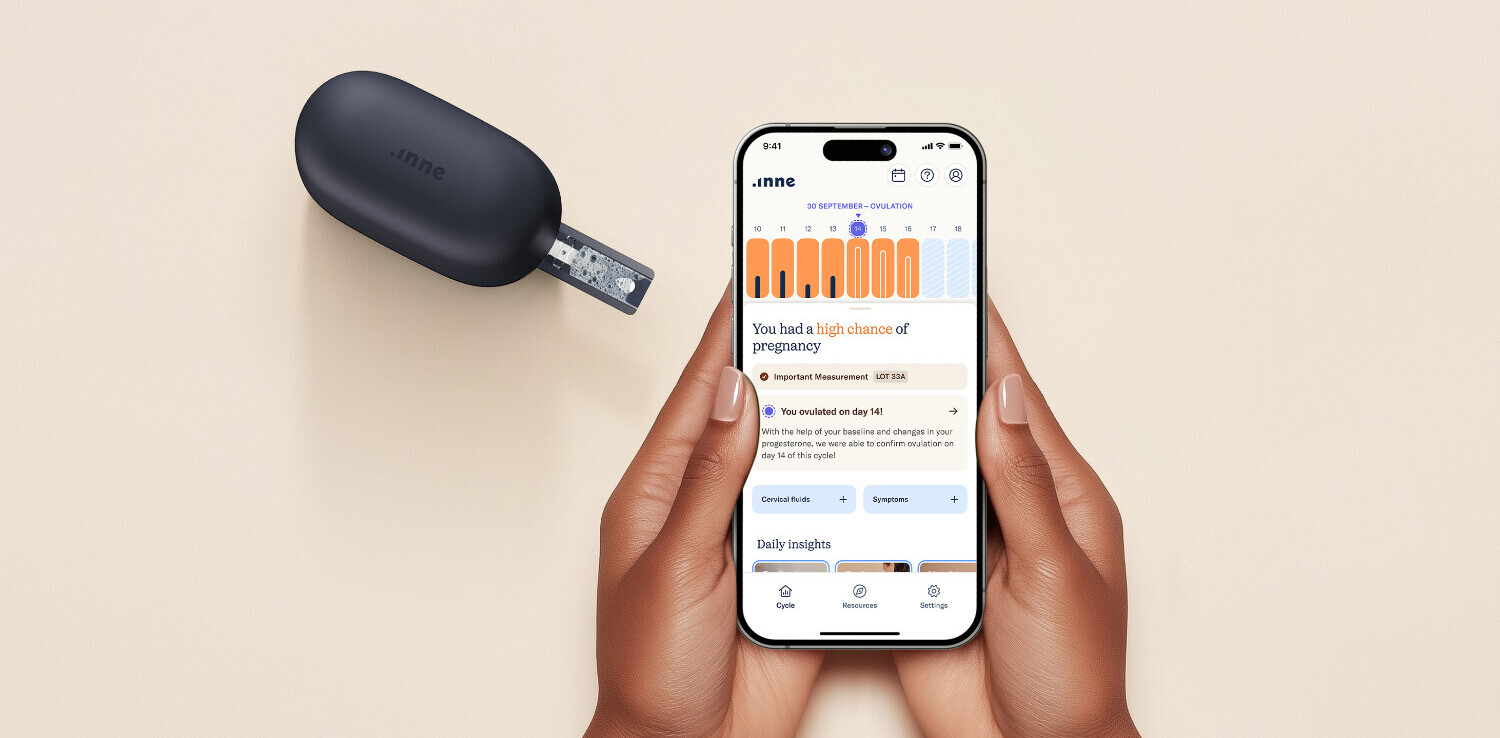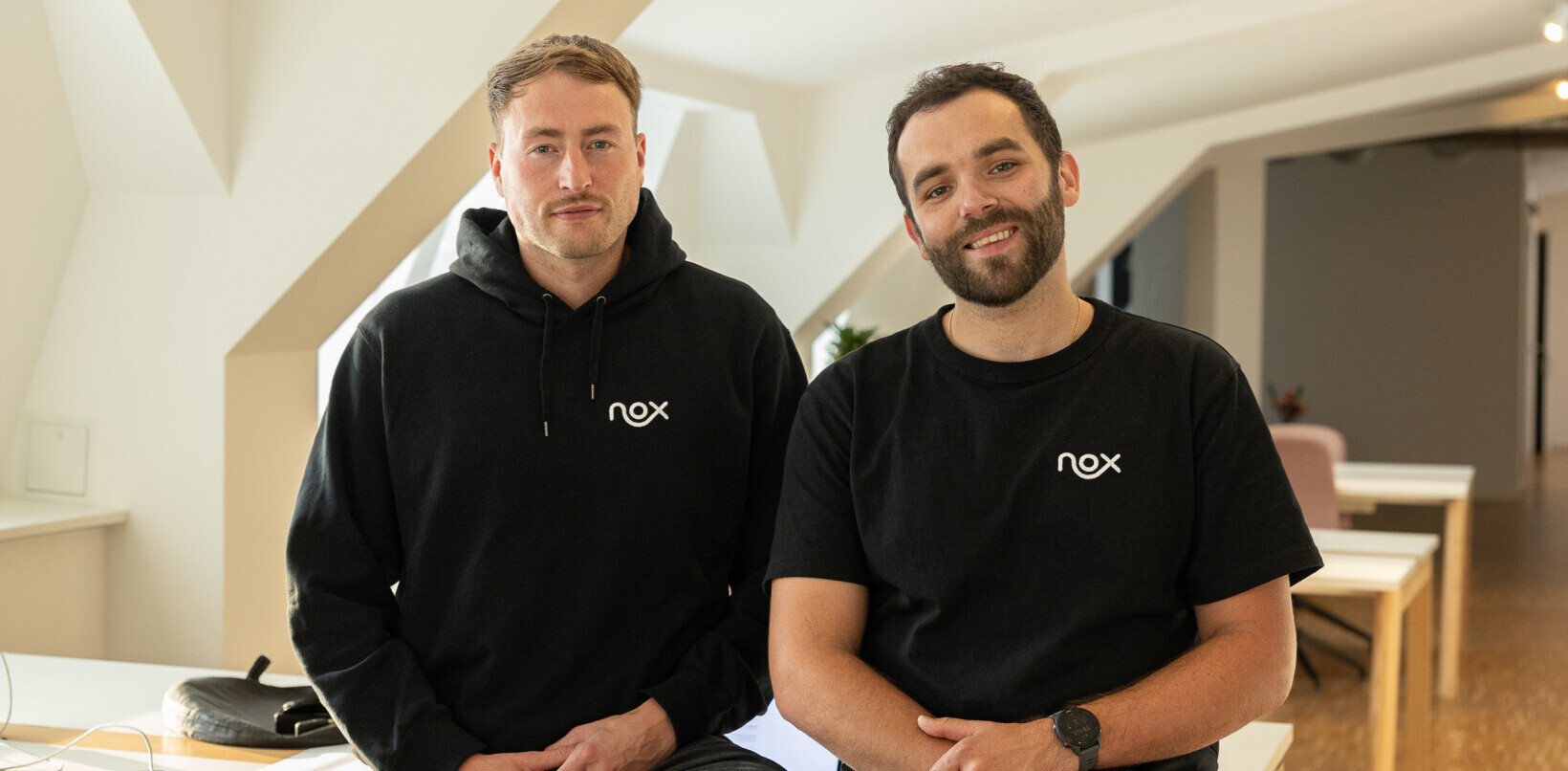
When it comes to leadership in today’s startup world, founders, and CEOs are chained to their work more than ever before due to high investor demands, increasingly blurred lines between personal and professional life thanks to remote work, and tech that enables them to be reached — and reach out to employees — 24/7.
But this always-on approach can also lead to higher risk of stress and even burnout. While, since the pandemic started, employee burnout has been put in the spotlight, leadership burnout still remains taboo.
“Particularly in technology, the spirit of entrepreneurship is fast becoming one of toil, long hours, and self-sacrifice,” writes James Routledge, founder and mental health author, in The Guardian.
Angel investors, accelerators and venture capitalists (VCs) encourage startups to work harder, move faster, and, in some cases, ‘sleep faster’. The yardstick has seemingly become hours worked, and who can leave the office the latest. What began as a journey for work-life balance has descended into the rat race most were aiming to avoid.
70% of tech startups fail — no wonder leaders are chained to their Slack.
The truth is that, while more and more leaders are promoting mental health and burnout awareness amongst their employees, by failing to address their own mental health, harmful practices can trickle down throughout the company culture.
So how can we identify leadership burnout and prevent it from happening?
The warning signs
In order to avoid burnout, the first step is being able to recognize the symptoms, which can be a huge challenge in a pressure cooker startup environment.
“Burnout is the combination of three emotions: exhaustion, negativity, and ineffectiveness,” says Cavin Benton, founder and CEO of Spill, a startup that offers a message-based therapy app to improve workplace well-being.
The feelings of negativity and ineffectiveness are what differentiate it from regular tiredness or exhaustion. And it’s different from depression in that it’s purely work-related — you don’t burn out from relationship issues or life stressors, for example.
Benton says leaders should ask themselves the following questions to identify burnout in their workers:
- Do they seem more irritable, or regularly exhausted?
- Do they tend to point out the worst in everything that happens or is suggested?
- Are they quicker to shoot down other people’s ideas?
- Do they give off the idea that any work you’re giving them just feels like a burden?
- Are they dropping the ball at work when they usually wouldn’t?
- Are they producing less ideas, or being slower to respond?
But when it comes to identifying burnout in yourself, it can get a bit trickier, as many startup leaders have trouble setting the same boundaries for themselves as they do their workers.
In Techleap’s new video series, All In, they interview several of the Netherland’s most well-known founders, from Swapfiets’ Richard Burger to Fairphone CEO Eva Gouwens. When asked how much they are their work, nearly all respondents answered similarly:
“I think I’m 100% my work,” says Lieke Pijpers, founder and CPTO of secondhand fashion platform The Next Closet.
Willemijn Schneyder-Valbracht, CEO and founder of manufacturing performance platform Swipeguide, says:
I am my work, and my work is me.
“Swapfiets is a large part of my identity because I started at a very young age (22) and, seven years later, this has been a quarter of my life,” says Richard Burger, founder of Swapfiets.
One big sign that leaders could be heading towards a burnout is feeling “used up” at the end of the workday — nearly 60% of leaders reportedly do.
Mark-Jan Harte, cofounder and CEO of healthtech Aidence says,
If I work too much, then after a couple of weeks, I just crash and I can’t keep it up. And so if it’s something that I can’t do, I can’t ask anyone else to do that either.
Even those who were skeptical at first are now becoming more aware of the effects that overwork can bring. In the All In video series, Ugnius Rimsa, cofounder and CTO of Lalaland, which develops virtual inclusive fashion models, told Techleap:
“I was always a big nonbeliever of burnout. I was like okay this is not really possible or it’s kind of like made-up.” But the fast-paced life of an entrepreneur shifted his thinking. “I wouldn’t say I reached burnout, it was more of like you get a creative barrier where you’re not really creative anymore. That’s what happened to me.”
While the symptoms are becoming more clear, in order to prevent it, it’s important to take a deeper look at some of the causes.
What’s passion got to do with it?
In a study published in the Harvard Business Review, researchers found that passion and destiny beliefs (the belief that a successful entrepreneurial career is “meant to be”) make entrepreneurs more or less likely to experience burnout.
Job passion was divided into two types:
Harmonious passion, or when entrepreneurs are motivated by their job because they’re passionate about the subject and it’s an important part of who they are.
Obsessive passion, or entrepreneurs who were motivated by status, money, and other rewards.
As one might guess, entrepreneurs who are motivated by status or money are more likely to experience burnout.
This comes through quite clearly in some of the successful leadership teams that have grown in the Netherlands. For example, Michiel Roodenburg, CFO at Crisp, an online-only supermarket focused on fresh produce, told Techleap:
I have a strong opinion about food. I like discussing it with my family. I even visit suppliers with my kids. It’s part of my personal life.
Destiny beliefs added yet another layer to the cake. If you’re familiar with psychologist Carol Dweck’s fixed vs growth mindset, the researchers found that entrepreneurs who believe that entrepreneurial success is meant to be or not were more likely to experience burnout. Meanwhile, those with a more flexible mindset were less likely to report feeling burned out.
Of course, burnout can happen even to entrepreneurs with a harmonious passion for their job and a flexible mindset. This happens most often when harmful workplace behaviors seep into the company culture.
The “burnout-proof” workplace
When it comes to “burnout-proofing” the workplace, nearly all experts say the same thing — empathy is key, and founders should lead by example.
Jennifer Moss, a workplace expert and author, says that empathetic leadership can be demonstrated by making sure workers are taking time off, knowing their workforce (for example: are they parents? Do they have financial struggles?), and, as Covid-19 continues to play a factor in peoples’ everyday lives, keeping them physically safe in the workplace.
The way leaders treat workplace communication often sets the tone for the rest of the organization.
In another episdoe of All In, Swapfiets founder Richard Burger tells Techleap he used to feel he could text or email an employee at any time of the day:
I didn’t really care about when I worked, it was also a bit maybe egocentric to get it out of my head — then it was gone. But then you’re just putting it in someone else’s head. So I used to do it but I stopped as long as it’s not urgent.
And while a manager might not expect their employee to respond in the middle of the night, they could be unknowingly putting pressure on them, something Swipeguide’s Schneyder-Valbracht says could be down to cultural differences:
There’s a lot of differences in work cultures. So if I send over a message in the middle of the night, I don’t expect someone to read or respond to it. But if you come from a different culture or social setting, you might feel like you have to answer because that’s the environment you were raised in.
Eva Gouwens, CEO Fairphone, says the pivot to remote work had her rethink how often she was reaching out to employees:
I changed a bit in that sense last year. Many people needed to work from home and you saw that those boundaries were less clear and everything blurred a bit. So I got a bit more strict around this.
Making sure to take time off themselves is a good way for leaders to not only prevent their own burnout, but also set a good example for their employees. Several of Techleap’s featured founders said that setting boundaries for their after hours is key:
“The rule in our house is that phones stay downstairs. No one has a phone in the bedroom, and you don’t pick it up until the morning,” says WeTransfer’s Bradfield.
“I try to turn off my phone or at least not be actively working with it when I come home,” says Swapfiets’ Burger.
Ultimately, burnout culture is something that can sneak up on anyone — and while founders may be tempted to work long hours, send midnight emails, and skip vacations, what they do sets an example for the rest of the company.
Get the TNW newsletter
Get the most important tech news in your inbox each week.





